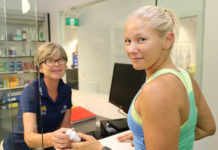Antimicrobial resistance (AMR) has been ranked as serious a threat to society as terrorism. With millions of lives at risk, and trillions in GDP potentially lost, antibiotic misuse must be prevented to avoid widespread resistance.
Today, no-one expects a scratch from a rose thorn to be a fatal injury.
But this is precisely what happened to the first patient treated with penicillin, the first antibiotic, in 1941. While the patient initially responded well, British doctor Charles Fletcher didn’t have enough penicillin on hand to clear the infection, and the patient later died.
Since the advent of mass production, the use of antibiotics has expanded far beyond health care, into agriculture and household products.
Despite the development of successive generations of antibiotics, widespread overuse of antibiotics has seen bacteria rapidly develop resistance, leading to the evolution of superbugs such as methicillin-resistant Staphylococcus aureus (MRSA) that greatly tax hospitals.
Strains of bacteria resistant to all known antibiotics, including the polymyxins like colistin, have been present in the developing world for several years, but resistance is emerging in the developed world, including Australia.
‘What’s even more scary, is that in a patient in a two-week course of treatment, the resistance to the polymyxins can increase a thousand-fold,’ said Dr Mark Blaskovich, Senior Research Chemist at the University of Queensland.
Currently, 700,000 people die each year from antibiotic-resistant infections, and this is projected to rise as high as 10 million by 2050.1
Wins and losses
Australia is one of the world’s highest users of antibiotics in human health and while concerted efforts in recent years have reduced that somewhat, prescription rates remain much higher than guidelines recommend.
In fact, a five-year study published in the Medical Journal of Australia last year found antibiotics are prescribed for acute respiratory infections at rates four to nine times as high as those recommended by Therapeutic Guidelines.2
The key to combating AMR is of course limiting the use of antibiotics.
‘Australia is an excellent example of what happens if you control the use of new antibiotics,’ said Dr Blaskovich.
‘When fluoroquinolones were first used in Australia, they were under strict control, and Australia has one of the lowest rates of fluoroquinolone resistance in the world.’
Yet misuse remains an issue in Australian health care. The 2017 Antibiotic Use and Resistance in Australia (AURA) report found that more than 45% of hospital prescriptions for antibiotics were either not compliant with guidelines or considered inappropriate. In the community, AURA 2017 found antibiotics are still frequently prescribed for viral respiratory infections that cannot be treated with antibiotics.3
Mission creep
But antibiotic use and misuse isn’t limited to human health.
‘Of all the antibiotics used, generally, in any country, 20–30% are used in human health, and 70–80% are used in food animal health,’ said Professor Sabiha Essack, Director of the Antimicrobial Research Unit at South Africa’s University of KwaZulu-Natal. In animal health, most use is prophylactic and for growth promotion, but resistant bacteria can easily contaminate meat and other products when animals are slaughtered.
Resistant bacteria can also enter water and soil in the environment through animal faeces, eventually reaching other produce.
Various antimicrobials are also widely included in household soaps and cleaning products, and there are significant concerns that the mutations that allow bacteria to develop resistance to these antimicrobials could also make them resistant to prescribed antibiotics.
With antibiotic misuse spanning human and animal health, the World Health Organisation (WHO) is now prioritising a multi-sectoral approach to combating AMR. Known as One Health, it focuses on surveillance across human health, animal health and the environment.4
‘The arrangements for human AMR surveillance were reviewed in June 2017, with a number of recommendations for improvement, including moving to a One Health system with capacity to integrate human and animal health,’ said Australia’s Chief Medical Officer, Professor Brendan Murphy.
But there is currently still no comprehensive surveillance of AMR and antimicrobial usage in animal health. Some proof-of-concept surveillance projects and other research have been launched, but results from these studies are not expected until early 2018 through to 2020. Currently, animal and human surveillance data are not integrated.
Good stewards
In dispensing prescriptions and providing guidance on the use and prescribing of antibiotics, pharmacists are a crucial part of the battle to combat antibiotic misuse in human health.
In particular, pharmacist-led antibiotic stewardship programs appear to be having an impact on misuse and AMR.
‘We have evidence of improvement as stewardship programs are rolled out,’ said Dr John Turnidge, Scientific Secretary for the European Committee on Antimicrobial Susceptibility Testing. ‘In 2015, 40% of antimicrobial prescriptions for surgical prophylaxis were inappropriate. That dropped to 27% the following year.’
While there has been success in reducing misuse in hospitals, AURA data reveals inappropriate antibiotic prescribing in the community – particularly for respiratory tract infections – still poses a significant problem for Australia.
‘Australia’s weak point is finding the courage to directly address the problem of inappropriate prescribing in the community,’ Dr Turnidge said.
Australia’s National AMR Strategy calls for pharmacists to educate patients on appropriate antibiotic use, the dangers of resistance, how to prevent infections and manage symptoms without antibiotics.
While Dr Turnidge acknowledges the difficulty in finding a role for pharmacists in the community, where their job is seen as filling submitted prescriptions, he believes there are opportunities before people even visit a GP.
‘People visit the pharmacy looking for common cold remedies, and there’s an opportunity for pharmacists to intervene and offer them more information about their condition, saying “Here are the symptomatic treatments that work. [It] almost certainly doesn’t need antibiotics at any stage,”’ he said.
Providing patients with symptomatic treatment while also informing them about antibacterial resistance and the importance of restrained use may help address the considerable amount of inappropriate use in the community, but it is a difficult conversation to have.
GPs diagnose and prescribe medication; if pharmacists intervene before a patient visits a GP and advise against antibiotics, GPs could see it as impinging on their role. Dr Turnidge said the conversation needs to be had at a higher level, including such forums as the RACGP and Federal Government.
Community challenges
While antibiotic stewardship programs are mandatory for hospitals, many say that such programs are inadequate for GPs and primary care.
Dr Bastian Seidel, President of the Royal Australian College of General Practitioners, said a GP program is needed that would include not only GP training and educational resources for patients, but would establish treatment guidelines, antibiotic course duration and delayed prescribing.
‘We need to have more specific, real-world evidence informing the clinical decision making of GPs and literally anything should be up for grabs,’ he said.
Dr Blaskovich sees a role for stewardship pharmacists and AMR specialists to help develop a community AMR stewardship program and learning module for GPs, building off the experience in hospitals.
‘Hospitals are identifying doctors who are not following best practice, and they’re doing it in a way to try and educate, not penalise. We need to find a way to do this in the community,’ he said.
There is widespread recognition that GPs face considerable pressure from anxious patients to prescribe antibiotics in time-limited consultations.
Dr Blaskovich sees value in public awareness campaigns aimed at increasing health literacy among the public.
‘A still significant portion of the population believes that “antibiotic resistance” means that their body is becoming resistant to the antibiotics, not that the bacteria are becoming resistant,’ he said.
There is evidence that longer consultation times reduce antibiotic misuse and help change public attitudes. With consultations lasting an average of 24 minutes, Sweden has managed to successfully reduce overall antibiotic use.5 Worryingly, the average in Australia is 14 minutes, and is trending down.6
Many experts agree bans or limits on antibiotic use in other sectors should also be considered. While Australia has one of the most conservative approaches to antibiotic use in animals in the world, there has been no move to limit use in household products.
In 2016, the United States banned the use of 19 antibacterial substances, including triclosan, in consumer soaps as part of its AMR strategy.
‘Using one antimicrobial can cause resistance to other antimicrobial agents because they are carried along on the same DNA, so limiting their use like this is a step in the right direction,’ said Prof Essack.
Considering pharmacies often stock such antibacterial soaps, there may also be a role for pharmacists to advise against their widespread use, saving them for vulnerable and immunocompromised groups instead.
Ultimately, Dr Turnidge and others stress that pharmacists can see each interaction with a patient as a potential moment to raise awareness about AMR and promote the responsible use of antibiotics.
‘How to get some of the pharmacist’s time when they’re busy dispensing prescriptions and get them to counsel people looking for cold remedies is an interesting question, but is certainly worth answering,’ he said.
‘Pharmacists are particularly valuable at the level of respiratory infections, because they are the first port of call in those circumstances, not the GP.’
Timeline
| 1928 | Scottish scientist Alexander Fleming discovers Penicillium notatum mould kills Staphylococcus bacteria. |
| 1932 | German scientist Gerhard Domagk discovers sulfonamidochrysoidine. |
| 1938 | Howard Florey and Ernst Chain isolate penicillin from P. notatum mould, creating the first antibiotic. |
| 1940 | Penicillin-resistant Staphylococcus identified. |
| 1950 | Tetracycline introduced. |
| 1953 | Erythromycin introduced. |
| 1959 | Tetracycline-resistant Shigella identified. |
| 1960 | Methicillin introduced. |
| 1962 | Methicillin-resistant Staphylococcus aureus (MRSA) identified. |
| 1965 | Penicillin-resistant pneumococcus identified. |
| 1967 | Gentamicin introduced. |
| 1968 | Erythromycin-resistant Streptococcus identified. |
| 1972 | Vancomycin introduced. |
| 1979 | Gentamicin-resistant Enterococcus identified. |
| 1985 | Imipenem and ceftazidime introduced. |
| 1987 | Ceftazidime-resistant Enterobacteriaceae identified. |
| 1988 | Vancomycin-resistant Enterococcus identified. |
| 1994 | Vancomycin-resistant Enterococcus identified in Australian hospitals. |
| 1996 | Levofloxacin introduced. Levofloxacin-resistant pneumococcus identified. |
| 1998 | Imipenem-resistant Enterobacteriaceae identified. |
| 2000 | Linezolid introduced. Extensively drug-resistant tuberculosis (XDR TB) identified. |
| 2001 | Linezolid-resistant Staphylococcus identified. |
| 2002 | Vancomycin-resistant Staphylococcus identified. |
| 2003 | Daptomycin introduced. |
| 2004 | Pan-drug-resistant Acinetobacter and Pseudomonas identified. |
| 2009 | Ceftriaxone-resistant Neisseria gonorrhoeae identified. Pan-drug-resistant Enterobacteriaceae identified. |
| 2010 | Ceftaroline introduced. |
| 2011 | Ceftaroline-resistant Staphylococcus identified. |
| 2015 | Colistin-resistant bacteria identified. |
| 2016 | US FDA bans the use of triclosan and 18 other antibacterial substances from household soaps. |
References: Centers for Disease Control and Prevention
References
- Antimicrobial Resistance: Tackling a crisis for the health and wealth of nations. The Review on Antimicrobial Resistance. 2014. At: https://amr-review.org/sites/default/files/AMR%20Review%20Paper%20-%20Tackling%20a%20crisis%20for%20the%20health%20and%20wealth%20of%20nations_1.pdf
- McCullough AR, Pollack AJ, et al. Antibiotics for acute respiratory infections in general practice: comparison of prescribing rates with guideline recommendations. Med J Aust 2017;207(2):65–69.
- Australian Commission on Safety and Quality in Health Care. AURA 2017 – Second Australian report on antimicrobial use and resistance in human health. 2017. At: https://www.safetyandquality.gov.au/publications/second-australianreport-on-antimicrobial-use-andresistance- in-human-health/
- http://www.who.int/features/qa/one-health/en/
- 2015 International Survey of Primary Care Doctors, The Commonwealth Fund. 2015. At: http://www.commonwealthfund.org/~/media/files/surveys/2015/2015-ihp-survey_topline_11-20-15.pdf
- Britt H, Miller GC, Henderson J, et al. General practice activity in Australia 2014–15, 2015. BEACH: Bettering the Evaluation and Care of Health. At: http://sydney.edu.au/medicine/fmrc/publications/BEACH-featurechapter-2015.pdf








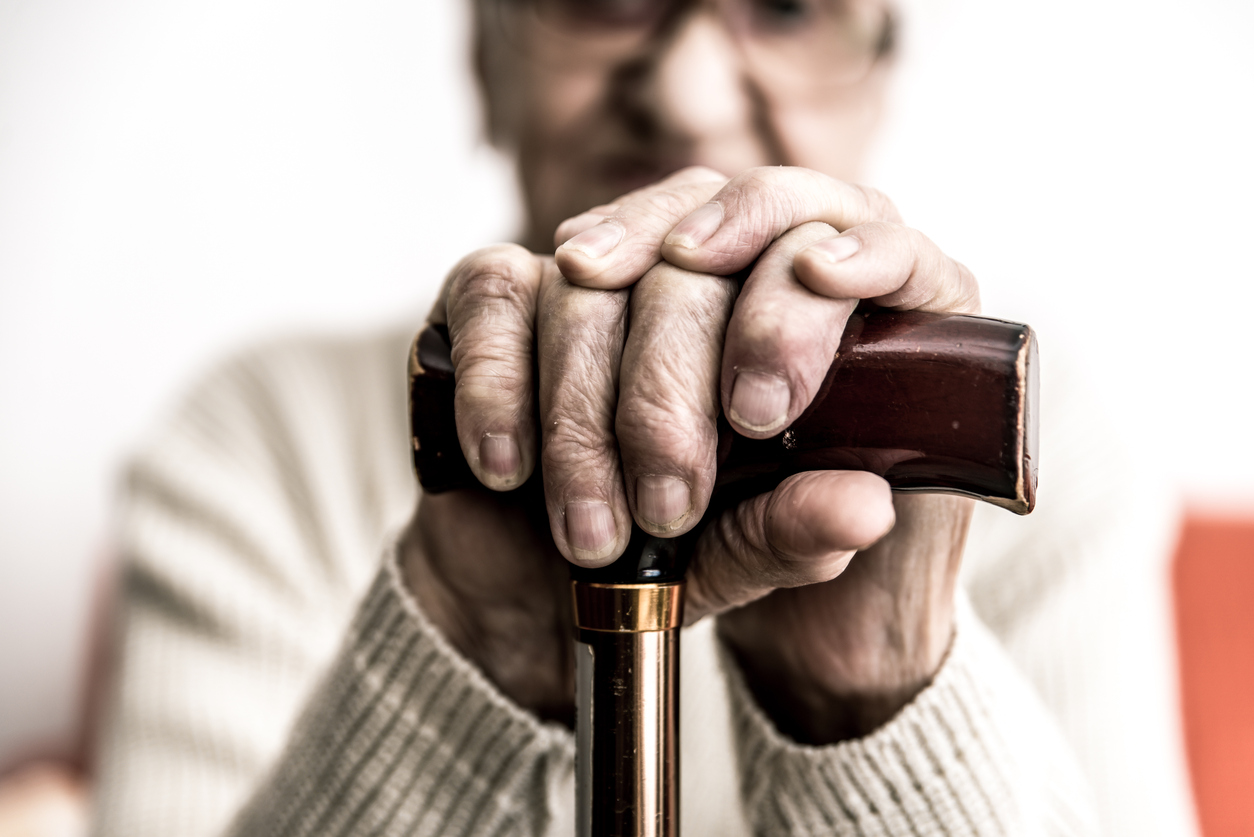





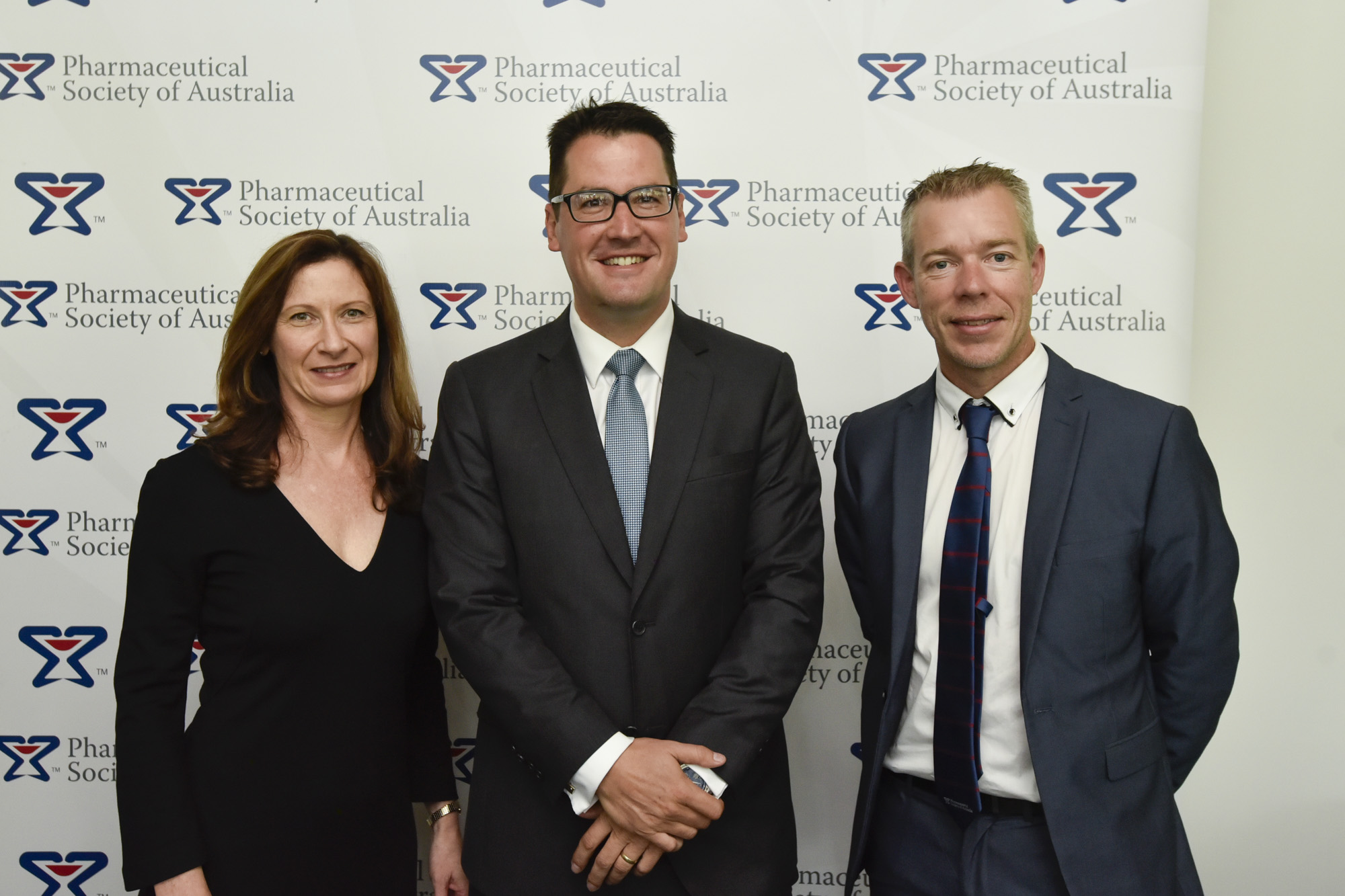 PSA Chief Operating Officer Deb Bowden, Senator Zed Seselja and PSA National President Dr Shane Jackson.[/caption]
PSA Chief Operating Officer Deb Bowden, Senator Zed Seselja and PSA National President Dr Shane Jackson.[/caption]
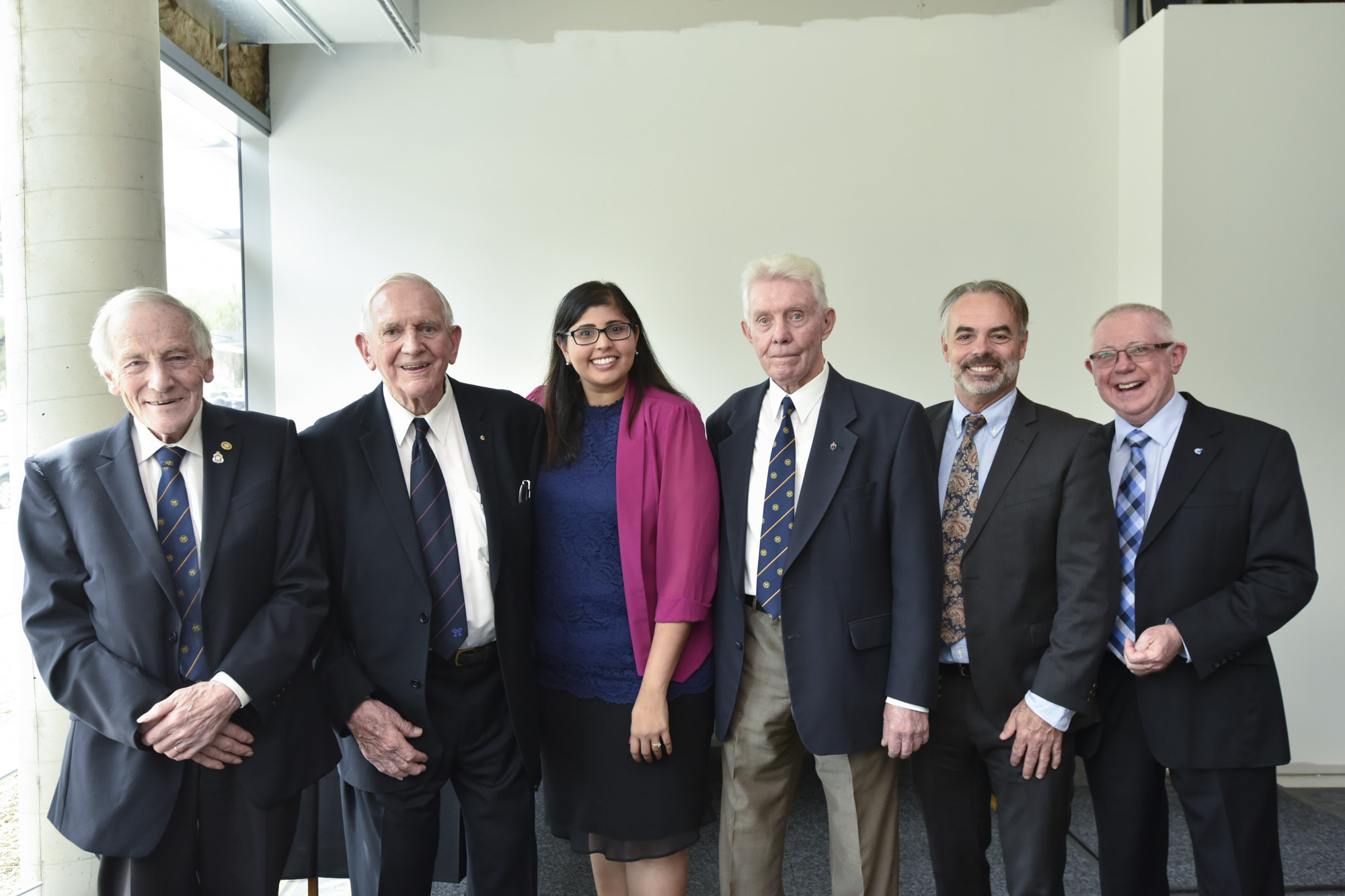

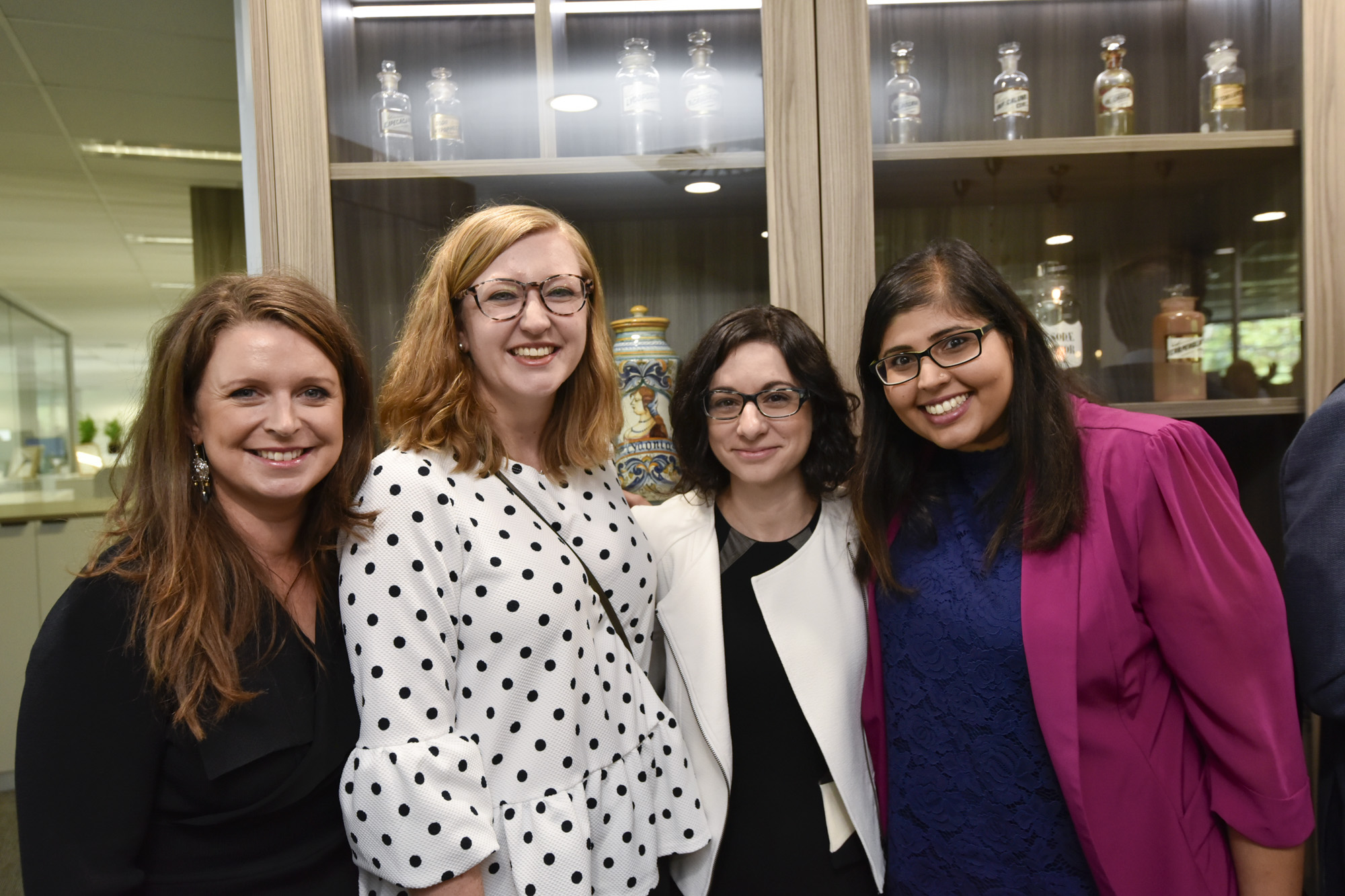


 [post_title] => New Pharmacy House opens
[post_excerpt] =>
[post_status] => publish
[comment_status] => open
[ping_status] => open
[post_password] =>
[post_name] => new-pharmacy-house-opens
[to_ping] =>
[pinged] =>
[post_modified] => 2018-04-05 12:33:52
[post_modified_gmt] => 2018-04-05 02:33:52
[post_content_filtered] =>
[post_parent] => 0
[guid] => http://psa.studionerve.com/?p=1231
[menu_order] => 0
[post_type] => post
[post_mime_type] =>
[comment_count] => 0
[filter] => raw
)
[title_attribute] => New Pharmacy House opens
[title] => New Pharmacy House opens
[href] => http://psa.studionerve.com/new-pharmacy-house-opens/
[module_atts:td_module:private] => Array
(
)
[td_review:protected] => Array
(
)
[is_review:protected] =>
[post_thumb_id:protected] => 1239
)
[post_title] => New Pharmacy House opens
[post_excerpt] =>
[post_status] => publish
[comment_status] => open
[ping_status] => open
[post_password] =>
[post_name] => new-pharmacy-house-opens
[to_ping] =>
[pinged] =>
[post_modified] => 2018-04-05 12:33:52
[post_modified_gmt] => 2018-04-05 02:33:52
[post_content_filtered] =>
[post_parent] => 0
[guid] => http://psa.studionerve.com/?p=1231
[menu_order] => 0
[post_type] => post
[post_mime_type] =>
[comment_count] => 0
[filter] => raw
)
[title_attribute] => New Pharmacy House opens
[title] => New Pharmacy House opens
[href] => http://psa.studionerve.com/new-pharmacy-house-opens/
[module_atts:td_module:private] => Array
(
)
[td_review:protected] => Array
(
)
[is_review:protected] =>
[post_thumb_id:protected] => 1239
)
